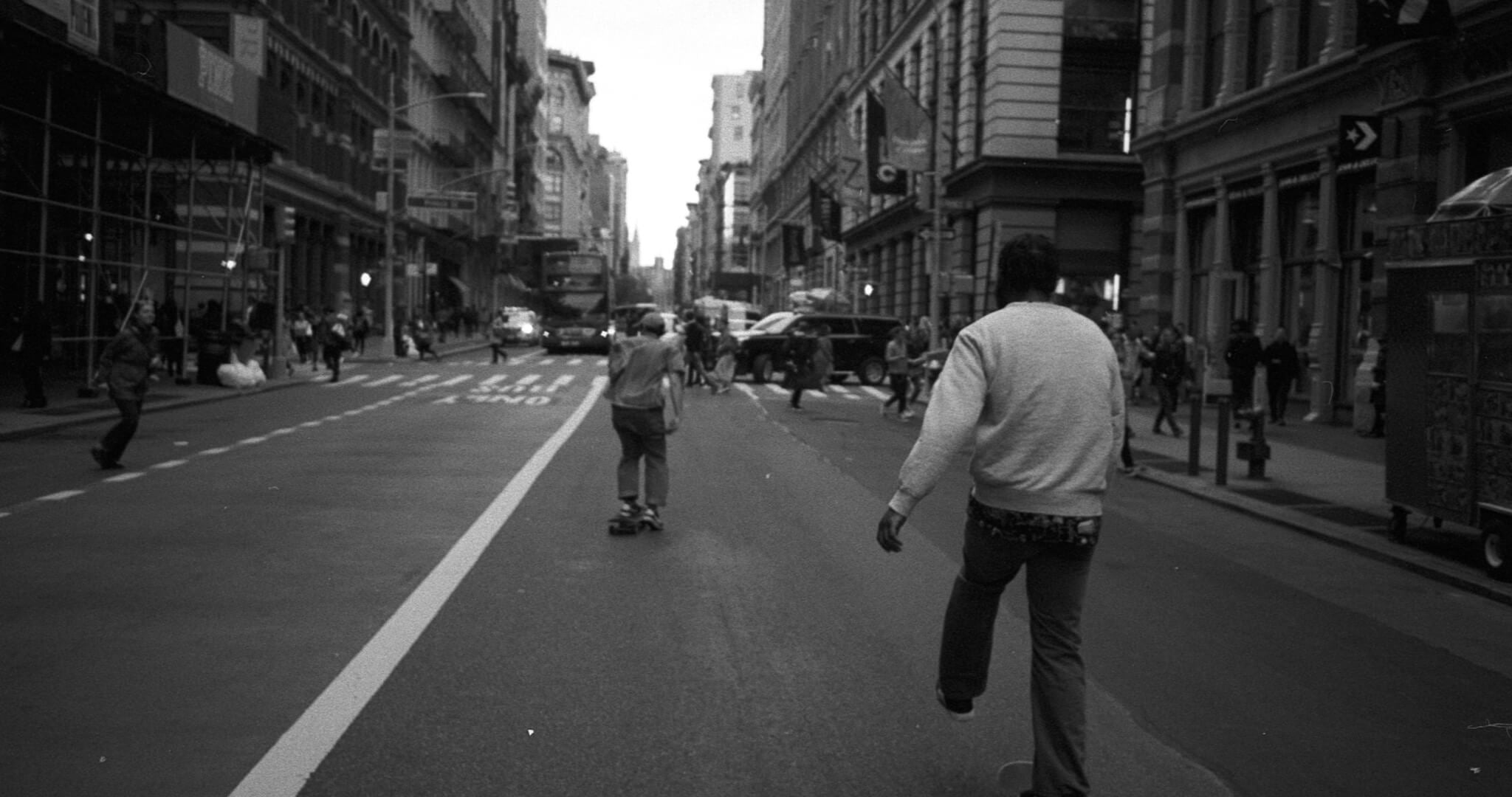
Exploring the Meaning of Contemporary Art
The Origins of Contemporary Art
Contemporary art emerged in the mid-20th century as a response to the changing social, political, and cultural landscapes. It marked a departure from the traditions of modernism and sought to challenge established artistic conventions.
Postmodernism and Conceptual Art
During the late 1960s and 1970s, postmodernism and conceptual art gained prominence within the contemporary art scene. Postmodernism emphasised the rejection of a singular, objective truth and the fragmentation of narratives. Artists incorporated irony, parody, and pastiche, blurring the boundaries between high and low culture. For example, the work of Andy Warhol, such as his iconic Campbell's Soup Cans, challenged notions of consumerism and mass production.
Conceptual art prioritised ideas over visual aesthetics, pushing the boundaries of artistic expression. Artists explored concepts, language, and intellectual frameworks through installations, performances, and text-based works. One notable example is Sol LeWitt's "Paragraphs on Conceptual Art," which outlined the principles of conceptual art and its focus on the idea as the primary artistic material.
Multimedia and Technological Advancements
The late 20th century brought technological advancements that expanded the possibilities for contemporary art. Artists began exploring digital art, video installations, interactive sculptures, and virtual reality experiences. These new mediums allowed for immersive and engaging viewer experiences, bridging the gap between art and technology. Notable works in this realm include Nam June Paik's pioneering video art and Pipilotti Rist's multimedia installations.
Globalisation and Cultural Exchange
Contemporary art embraced diverse perspectives and cultural exchange in an increasingly interconnected world. Artists drew inspiration from different cultures, traditions, and social contexts, creating artworks that reflected the globalised landscape. This shift fostered greater understanding and appreciation for artistic expressions from various regions and backgrounds. For instance, the works of Yinka Shonibare CBE explore themes of post-colonial identity and cultural hybridity, reflecting the impact of globalisation.
Social and Political Engagement
Contemporary art has served as a powerful platform for social and political commentary. Artists have used their work to address pressing issues such as identity, gender, race, climate change, and social inequality. Artistic activism and the exploration of socio-political themes have become integral to contemporary art, sparking critical discussions and promoting social change. Banksy's street art often tackles political and social issues, provoking thought and challenging the status quo.
The Present and Future of Contemporary Art
Contemporary art continues to evolve and adapt to the ever-changing world. It incorporates elements of traditional practices while embracing new mediums and technologies. The democratisation of art through digital platforms and social media has provided artists with new avenues for exposure and collaboration. Recent developments in contemporary art include the rise of NFTs (Non-Fungible Tokens) as a new form of digital art ownership and the exploration of virtual reality as a medium for immersive artistic experiences.
Contemporary art is increasingly interdisciplinary, intersecting with fields such as science, technology, and activism. It pushes the boundaries of artistic expression, challenging viewers to engage with complex ideas and experiences.
Noonstead's Commitment to Contemporary Art
As a modern art print brand, Noonstead embraces the rich history and evolution of contemporary art. Their collection of unique art prints reflects the diverse range of artistic practices and concepts that have shaped contemporary art. Noonstead offers viewers a glimpse into the vibrant and ever-changing world of contemporary art.
In Conclusion
The history of contemporary art is a dynamic and ever-evolving narrative. It emerged as a response to changing landscapes, challenging conventions, and embracing new technologies and perspectives. Contemporary art continues to shape our understanding of the world, inspire new artistic possibilities, and provoke critical discussions. By incorporating specific examples, providing historical context, balancing global perspectives, acknowledging controversies, and mentioning recent developments, this updated passage aims to offer a more comprehensive exploration of the subject. Noonstead's collection of unique art prints embodies the spirit of contemporary art, inviting viewers to explore its rich history, appreciate its diversity, and engage with its beauty.
Contemporary art emerged in the mid-20th century as a response to the changing social, political, and cultural landscapes. It marked a departure from the traditions of modernism and sought to challenge established artistic conventions.
Postmodernism and Conceptual Art
During the late 1960s and 1970s, postmodernism and conceptual art gained prominence within the contemporary art scene. Postmodernism emphasised the rejection of a singular, objective truth and the fragmentation of narratives. Artists incorporated irony, parody, and pastiche, blurring the boundaries between high and low culture. For example, the work of Andy Warhol, such as his iconic Campbell's Soup Cans, challenged notions of consumerism and mass production.
Conceptual art prioritised ideas over visual aesthetics, pushing the boundaries of artistic expression. Artists explored concepts, language, and intellectual frameworks through installations, performances, and text-based works. One notable example is Sol LeWitt's "Paragraphs on Conceptual Art," which outlined the principles of conceptual art and its focus on the idea as the primary artistic material.
Multimedia and Technological Advancements
The late 20th century brought technological advancements that expanded the possibilities for contemporary art. Artists began exploring digital art, video installations, interactive sculptures, and virtual reality experiences. These new mediums allowed for immersive and engaging viewer experiences, bridging the gap between art and technology. Notable works in this realm include Nam June Paik's pioneering video art and Pipilotti Rist's multimedia installations.
Globalisation and Cultural Exchange
Contemporary art embraced diverse perspectives and cultural exchange in an increasingly interconnected world. Artists drew inspiration from different cultures, traditions, and social contexts, creating artworks that reflected the globalised landscape. This shift fostered greater understanding and appreciation for artistic expressions from various regions and backgrounds. For instance, the works of Yinka Shonibare CBE explore themes of post-colonial identity and cultural hybridity, reflecting the impact of globalisation.
Social and Political Engagement
Contemporary art has served as a powerful platform for social and political commentary. Artists have used their work to address pressing issues such as identity, gender, race, climate change, and social inequality. Artistic activism and the exploration of socio-political themes have become integral to contemporary art, sparking critical discussions and promoting social change. Banksy's street art often tackles political and social issues, provoking thought and challenging the status quo.
The Present and Future of Contemporary Art
Contemporary art continues to evolve and adapt to the ever-changing world. It incorporates elements of traditional practices while embracing new mediums and technologies. The democratisation of art through digital platforms and social media has provided artists with new avenues for exposure and collaboration. Recent developments in contemporary art include the rise of NFTs (Non-Fungible Tokens) as a new form of digital art ownership and the exploration of virtual reality as a medium for immersive artistic experiences.
Contemporary art is increasingly interdisciplinary, intersecting with fields such as science, technology, and activism. It pushes the boundaries of artistic expression, challenging viewers to engage with complex ideas and experiences.
Noonstead's Commitment to Contemporary Art
As a modern art print brand, Noonstead embraces the rich history and evolution of contemporary art. Their collection of unique art prints reflects the diverse range of artistic practices and concepts that have shaped contemporary art. Noonstead offers viewers a glimpse into the vibrant and ever-changing world of contemporary art.
In Conclusion
The history of contemporary art is a dynamic and ever-evolving narrative. It emerged as a response to changing landscapes, challenging conventions, and embracing new technologies and perspectives. Contemporary art continues to shape our understanding of the world, inspire new artistic possibilities, and provoke critical discussions. By incorporating specific examples, providing historical context, balancing global perspectives, acknowledging controversies, and mentioning recent developments, this updated passage aims to offer a more comprehensive exploration of the subject. Noonstead's collection of unique art prints embodies the spirit of contemporary art, inviting viewers to explore its rich history, appreciate its diversity, and engage with its beauty.
People also read
The Ultimate Guide to Choosing Wall Art for Your Kitchen
Selecting the perfect wall art for your kitchen isn’t just about decorating a space; it’s an opportunity to reflect your personality, celebrate your love for cooking, and enhance the ambiance...
Magdalena Abakanowicz: Innovative Textile Art and Sculptures
When we consider the landscape of modern art, certain names stand out not just for their creative genius but for their ability to transform the very fabric of artistic expression....
20 must-see places in the Lake District (+ Tips)
At Noonstead, we believe that nature is not just a source of inspiration but also a vital part of our creative process. Every artwork we create takes route from the...
Eight Essential Pieces of Furniture for Small Spaces
In the ever-evolving landscape of modern living, where urban dwellings often entail limited square footage, the challenge for interior designers is to craft spaces that are both chic and functional....
Cozy Delights for Chilly Days
As winter unfolds its icy embrace, it brings with it a unique charm and a plethora of opportunities to create beautiful memories. Instead of hibernating indoors, why not embrace the...
NYC's Timeless Street Photography
New York City, a bustling metropolis that never sleeps, is a treasure trove for street photographers seeking to capture the raw essence of urban life. In the realm of black...
35 Best Art Museums in the U.S. (You Must Explore)
Discover the crème de la crème of art museums scattered across the nation—35 sanctuaries of creativity, each with its own narrative waiting to be unraveled. No need for a transatlantic...
Feng Shui Masterclass: 20 Tips for Positive Energy and Harmony
Welcome to the art of balanced living – Feng Shui. In this comprehensive guide, we'll delve into the fundamental principles of Feng Shui and explore practical ways to apply them...
What Is Midcentury Modern Style?
Step into the refined simplicity of Mid Century Modern (MCM) design, an enduring aesthetic that has seamlessly transcended time. In this comprehensive guide, we unravel the intricate history, delve into...
10 Expert Tips for a Cozy Home This Autumn
Autumn, with its crisp air and vibrant foliage, invites us to embrace the beauty of change. It's the season when we seek warmth, comfort, and a sense of belonging within...
Explore the Top 50 Home Decor Stores in the UK
In the UK's dynamic world of interior design, innovation and creativity abound. Whether your style leans towards contemporary European elegance, rustic charm, artistic flair, or Scandinavian functionality, the UK's online...
Where Can I Buy High-Quality Art Prints?
Art has the remarkable ability to transform spaces, evoke emotions, and ignite creativity. Whether you're a seasoned art collector or a budding enthusiast, the quest for high-quality art prints is...


























